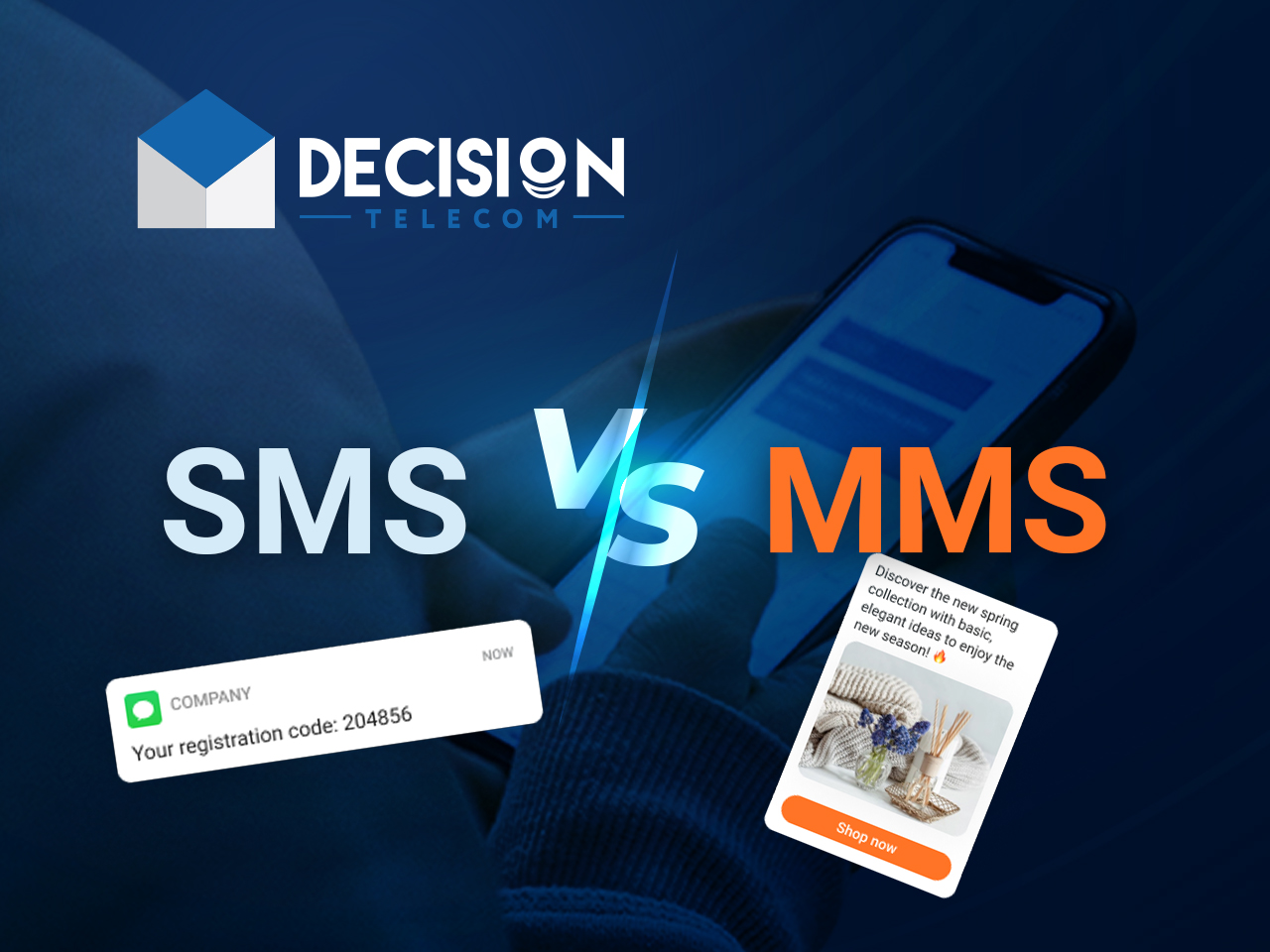MMS Video: The Evolution And Impact In The Digital Age
MMS video has revolutionized the way we share and consume multimedia content in the digital landscape. From its inception as a simple messaging service to its current status as a powerful communication tool, MMS video has transformed how we connect with one another. This article will delve into the intricacies of MMS video, exploring its history, functionality, benefits, and the future it holds in our increasingly digital world.
As technology continues to advance, the demand for efficient and engaging ways to communicate has only grown stronger. MMS video offers an innovative solution to this need, allowing users to send and receive video clips effortlessly. In this comprehensive guide, we will examine the various aspects of MMS video, including its technical foundation, practical applications, and how it compares to other forms of media sharing.
Whether you are a casual user or a business professional, understanding the importance of MMS video in today's communication landscape is essential. By the end of this article, you will have a clearer understanding of how MMS video works, its benefits, and how you can leverage this technology to enhance your communication experience.
Table of Contents
- 1. The History of MMS Video
- 2. How MMS Video Works
- 3. Benefits of Using MMS Video
- 4. Practical Applications of MMS Video
- 5. MMS Video vs. Other Media Sharing Options
- 6. The Future of MMS Video
- 7. Relevant Statistics and Trends
- 8. Conclusion
1. The History of MMS Video
MMS, or Multimedia Messaging Service, was developed in the early 2000s as an extension of SMS (Short Message Service) to allow users to send multimedia content. Initially, MMS primarily supported images and audio files, but as technology progressed, video sharing became a prominent feature. The first MMS video was sent in 2002, marking a significant milestone in mobile communication.
The introduction of smartphones equipped with high-quality cameras and advanced messaging capabilities further propelled the popularity of MMS video. As users began to embrace the convenience of sending videos directly from their devices, MMS video quickly became a preferred method of communication.
The Evolution of MMS Video Technology
Over the years, MMS video technology has evolved significantly. Key developments include:
- Improved video compression techniques, allowing for faster transmission.
- Increased file size limits, enabling users to send longer videos.
- Integration with social media platforms, expanding the reach of MMS video.
2. How MMS Video Works
MMS video functions by utilizing mobile data or Wi-Fi to send video content from one device to another. The process involves several key components:
- Sender's Device: The user selects a video, composes a message, and sends it via their mobile device.
- Mobile Network: The video is transmitted through the sender's mobile network, which encodes the video and prepares it for delivery.
- Recipient's Device: The recipient receives a notification and can download or view the video directly from their device.
3. Benefits of Using MMS Video
There are several advantages to using MMS video for communication:
- Engagement: Videos are more engaging than text or images, capturing the recipient's attention more effectively.
- Convenience: Sending videos via MMS is quick and straightforward, requiring only a few taps on a mobile device.
- Accessibility: MMS video can be accessed on various mobile devices, making it a versatile communication tool.
4. Practical Applications of MMS Video
MMS video serves a wide range of practical applications, including:
- Personal Communication: Sharing moments with friends and family, such as birthdays and celebrations.
- Business Use: Companies can use MMS video for marketing, product demonstrations, and customer engagement.
- Education: Educators can send instructional videos to enhance learning experiences.
5. MMS Video vs. Other Media Sharing Options
While MMS video is a popular option for sharing multimedia content, it is essential to compare it with other media sharing methods:
- Social Media: Platforms like Instagram and TikTok allow users to share videos with a broader audience, but they may require an internet connection.
- Email: Sending videos through email is possible, but file size limitations can hinder the process.
- Instant Messaging Apps: Apps like WhatsApp and Telegram offer similar features to MMS but often include additional functionalities.
6. The Future of MMS Video
As technology continues to advance, the future of MMS video looks promising. Innovations such as 5G networks will enhance the speed and quality of video transmission, allowing users to share higher-resolution content with ease. Furthermore, the integration of artificial intelligence and augmented reality will likely open new avenues for creativity in MMS video.
7. Relevant Statistics and Trends
To understand the impact of MMS video, consider the following statistics:
- Over 90% of mobile users regularly engage with video content.
- Businesses that utilize video in their marketing efforts can see up to 80% increase in conversions.
- The global MMS market is projected to grow significantly in the coming years, driven by increased smartphone usage.
8. Conclusion
In summary, MMS video has emerged as a powerful communication tool that enhances the way we share and consume multimedia content. Its convenience, engagement, and versatility make it an invaluable asset for both personal and professional use. As technology advances, the potential for MMS video will only continue to grow.
We invite you to share your thoughts on MMS video in the comments below, and don't forget to explore our other articles for more insights into the world of digital communication!
Thank you for reading, and we look forward to seeing you again soon!
Air Astana 2024 Incident: A Comprehensive Analysis
Hisashi Ouchi: The Tragic Story And Pictures Of A Nuclear Accident Victim
Is Gibson Makanda Still Alive? A Deep Dive Into His Life And Legacy

/what-is-sms-mms-iphone-2000247-Final-5c38a50846e0fb0001673a66.png)
